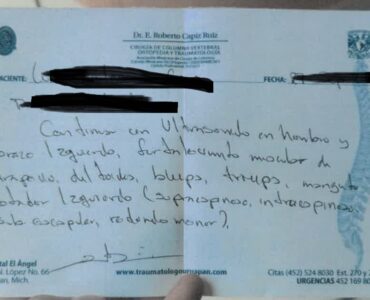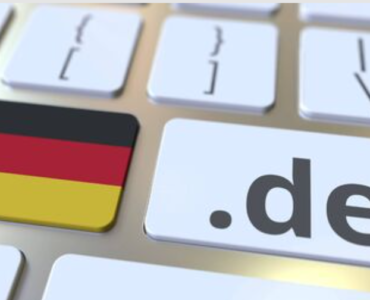Project management plays a fundamental role in the translation industry. The PM handles some critical behind-the-scenes tasks and orchestrates the management of the project itself. Their job is to make the final result optimal. So what does a project manager do? Keep reading to find out.
What does a translation project manager do?
In the world of professional translation services, the fundamental role of the PM to ensure the optimal result for clients. Below, we’ll break down each role in this key link in the translation chain to better understand how these professionals enable exceptional quality in deliverable projects.
Analyze the source files
The first step in the translation project is to receive and prepare the files that are to be translated. Files can range from simple MS Office documents to more advanced file formats like XML or software resource files; or DTP formats like Adobe InDesign and FrameMaker; or technical drawings in CAD file formats. Some files are received in PDF file format and need to be converted to an editable format. The PM needs to check the files and prepare them in a manner which is suitable for the translators.
Other things that may need the attention to the PM: Is it necessary to translate drawings like flow charts and schematics? In the event that there is a video involved, does it require voice- over or subtitles? All of these things need to be considered and prepared for translation as relevant.
Prepare the Translation Memories (TM) and terminology lists
One of the most common questions that a translator will ask a PM before starting to work on a project is: are there any TMs or glossaries available? If there are TMs, the PM will need to locate them and make them available to the team members.
Determine the project requirements
After assembling all of the files and information for the translators, the PM must determine the target languages and locales. Are there any specific stylistic guidelines based on these targets?
Negotiate prices with suppliers
Each project has its own supply chain. So besides translators, numerous other suppliers and vendors may be contracted for the project. The PM may need to negotiate prices for these services, while considering the overall project budget and factors.
Preparing the work plan
After analyzing the source files, the manager creates a specific project plan for the particular assignment. From this moment on, different resources will be used, timelines and deadlines will be calculated, the correct teams will be chosen in terms of skill sets and languages, among many other things necessary for teamwork.
Manage linguists
As a project manager, this is one of the most important parts of the job. This professional should select the translators that best suit the project in question and form teams to be able to tackle the work in the best possible way. To achieve this, it must be a person who knows well the skills and potentials of each translator. The PM is the bridge between the translator and the client, so among his tasks is to convey to the client any questions, terminological or of any kind, that the translator may have about the content of the text.
Guide the client through the process
Another function that a project manager has is to be in contact with the client and guide him through the budgets, as well as familiarize him with the jargon of the sector (editing or proofreading, what is a translation memory and why is it important to the project).
Review final files before delivery
At the end of each project, the manager will perform their own quality assurance step before delivering the final files to the client. This will ensure that the final files received correspond to the project instructions, and often this is in addition to a review that has already been done by one of the linguists on the team.
Manage the final TMs
The PM needs to collect the TMs after the project is delivered, update the main TMs and store as relevant in the company servers. This is a pain-in-the-neck task but nevertheless needs to be done diligently and scrupulously. Otherwise, preparing for the next project will be more difficult.
Invoicing
After the dust settles and the project is delivered, the end customer needs to get the invoice for payment. The role of the PM in this stage varies from company to company, but the PM always needs to part of the Accounts Receivable process.





